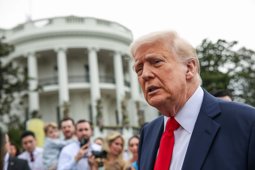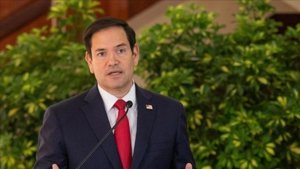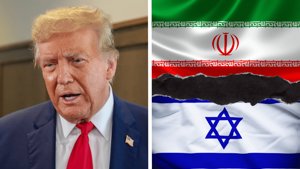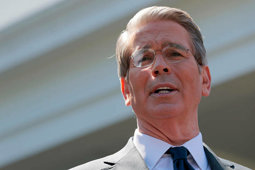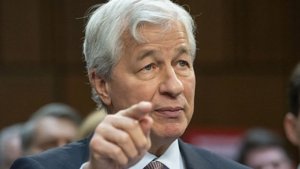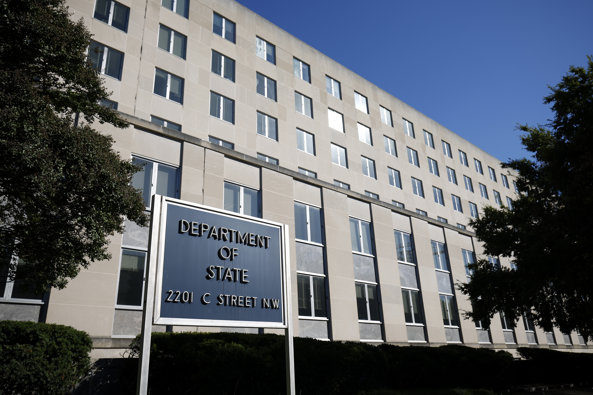
State Department Mass Layoffs Set After Court Ruling
Nearly 2,000 State Department employees face layoffs as Trump’s workforce cuts move forward following Supreme Court approval.
Supreme Court Clears Path for Federal Workforce Reductions
The State Department announced Thursday that it will begin mass layoffs affecting approximately 1,800 employees, following a Supreme Court ruling that paved the way for the Trump administration’s plans to significantly reduce the federal workforce. The decision marks one of the largest reorganizations in the agency’s recent history and signals a new phase in President Donald Trump’s push for federal government efficiency.
State Department spokesperson Tammy Bruce told reporters that the agency would act swiftly, with layoffs and restructuring expected to commence within days. “This is not going to be an extended wait for people who are listening and watching in this building, or fellow Americans at home and around the world, this will happen quickly,” Bruce stated. She added that the only reason for previous delays had been court interventions, not agency hesitation. “There has been a delay – not to our interests, but because of the courts,” Bruce emphasized, noting that the department now intends to proceed without further delay.
Plan Unveiled to Streamline and Modernize Agency
The reorganization plan was first detailed in April by Secretary of State Marco Rubio, who called for the elimination of what the department described as redundant offices and functions. President Trump formalized the process in February with an executive order instructing Rubio to revamp the foreign service and ensure the president’s foreign policy is “faithfully” implemented. The agency’s plan, submitted to Congress in May, proposed cutting about 1,800 positions from its 18,000-member domestic workforce, with an additional 1,575 employees opting for deferred resignations.
Deputy Secretary for Management and Resources Michael Rigas communicated the news to department staff in an email on Thursday, expressing gratitude for their service. “First and foremost, we want to thank them for their dedication and service to the United States,” Rigas wrote. He stressed that the agency has made every effort to support departing employees, including those who enrolled in voluntary resignation programs. Rigas added, “On behalf of Department leadership, we extend our gratitude for your hard work and commitment to executing this reorganization and for your ongoing dedication to advancing U.S. national interests across the world.”
The plans did not specify how many layoffs would come from the civil service versus the foreign service, but outlined that over 300 of the department’s 734 bureaus and offices would be streamlined, merged, or eliminated. The final stage of the reorganization will focus on “delivering results-driven diplomacy,” Rigas said, with the expectation that the first terminations could begin as soon as Friday.
Legal Challenges and the Road Ahead
The Supreme Court’s recent decision overturned a May ruling by U.S. District Court Judge Susan Illston, who had temporarily blocked the Trump administration from implementing its agency reforms. Illston’s initial ruling was prompted by lawsuits from labor unions and advocacy groups, who argued that the president’s executive order exceeded his authority and threatened civil service protections. While a subsequent court order sought to determine whether the administration must publicly share the reasoning behind the layoffs, Bruce declined to comment on whether that issue might delay implementation.
In her remarks, Bruce highlighted the need for the agency to adapt. “When something is too large to operate, too bureaucratic to actually function, and to deliver projects, or action, it has to change,” she said. The administration argues that streamlining the State Department will reduce bureaucracy and improve operational efficiency in line with Trump’s broader government reform agenda.
As the department moves forward, affected employees await notification of their employment status, and broader implications for U.S. diplomacy and government efficiency remain the subject of debate. The reorganization represents a significant shift for the State Department and may set a precedent for similar reforms across the federal government.

